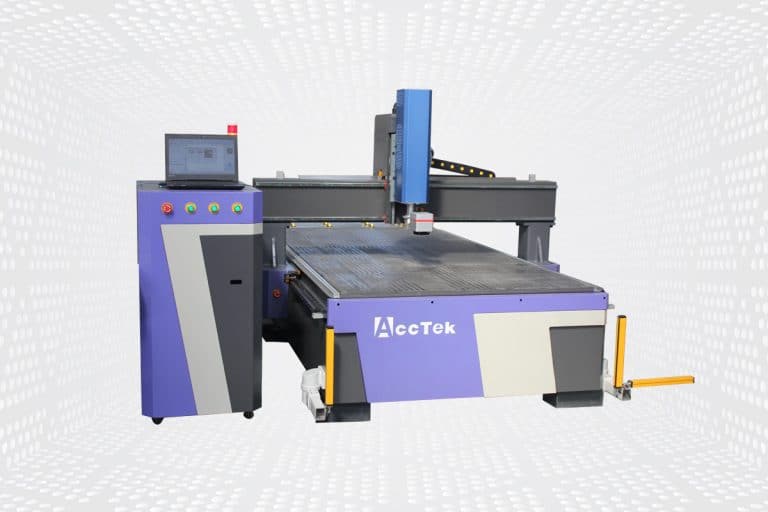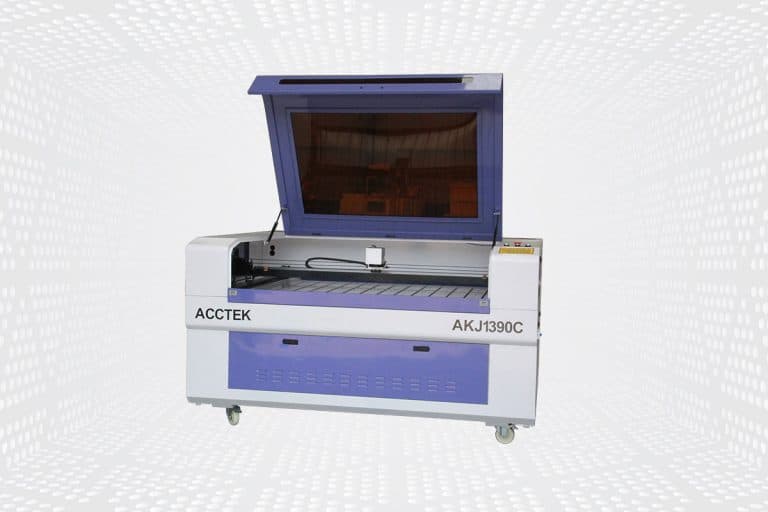CO2 Laser Marking Machine
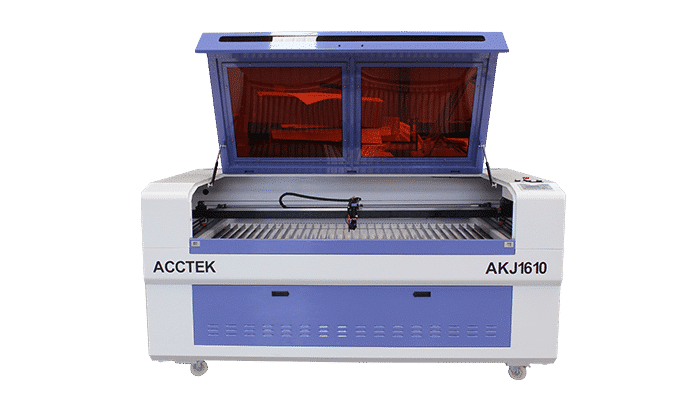
Product Range
Optional CO2 Laser Marking Machine Power
Materials That Can Be Marked
Laser Marking VS. Other Methods
Laser Marking vs. Mechanical Engraving
Laser marking offers superior precision with no physical contact, reducing wear on the machine and minimizing the risk of damage to delicate materials. Unlike mechanical engraving, which can cause surface deformation, laser marking produces clean, sharp, and permanent marks without the need for consumable tools or complex setups.
Laser Marking vs. Ink Printing
While inkjet printing is a fast and cost-effective method for marking, it often lacks the durability of laser markings. Ink fades over time and can smudge, especially on high-touch surfaces. In contrast, laser marking is permanent, resistant to abrasion, and provides superior contrast, making it ideal for high-quality, long-lasting marks.
Laser Marking vs. Chemical Etching
Thermal transfer printing relies on heat and ribbons to transfer ink onto surfaces, which can result in inconsistent quality over time. Laser marking, however, directly etches or engraves the material without the use of inks or ribbons, ensuring consistent quality, more precise markings, and minimal maintenance.
Why Choose AccTek Laser
Unrivaled Precision and Accuracy
Our laser marking systems provide unparalleled precision, enabling you to achieve high-quality marks with sharp details and perfect clarity. Whether you're working with intricate designs or fine text, AccTek Laser ensures that your markings are accurate and durable, no matter the material.
Wide Range of Material Compatibility
AccTek Laser machines are designed to work with a broad spectrum of materials, including metals, plastics, ceramics, wood, and more. Our technology ensures flawless markings on both hard and soft surfaces, making our machines versatile enough for industries like automotive, aerospace, medical, and consumer goods.
Cutting-Edge Technology
We utilize the latest laser technologies, including fiber, CO2, and UV lasers, to offer solutions that are fast, efficient, and reliable. Our machines are engineered to meet high-volume production demands while maintaining top-tier performance, speed, and precision, increasing your production efficiency.
Tailored Solutions
At AccTek Laser, we understand that each business has unique requirements. That’s why we offer customizable solutions, allowing you to modify power, speed, and other parameters to fit your specific marking needs. We work with you to ensure our machines integrate seamlessly into your existing production line.
Comprehensive Customer Support
Our commitment to customer satisfaction extends well beyond the purchase. We offer thorough training, easy-to-follow installation guides, and ongoing support to ensure that your team can operate the laser marking system with ease. Our dedicated support team is always available to assist with troubleshooting or technical queries.
Cost-Effective Solutions
AccTek Laser machines are built to provide long-term value. They are designed to minimize energy consumption, reduce maintenance costs, and extend service life, offering you a cost-effective solution that doesn’t compromise on quality. This results in a low total cost of ownership and a high return on investment for your business.
Frequently Asked Questions
What Are CO2 Laser Marking Machines?
How Much Is The Price of CO2 Laser Marking Machines?
How Accurate Is CO2 Laser Marking?
How Durable Is CO2 Laser Marking?
- Metals: CO2 laser marking can produce highly durable marks on metals such as stainless steel, aluminum, titanium, and various alloys. The marks are often resistant to abrasion, corrosion, and chemical exposure.
- Plastics: CO2 laser marking can create durable marks on many types of plastics, including acrylic, ABS, polycarbonate, and polyethylene. The durability of the mark depends on factors such as the type of plastic, the marking settings, and the surface preparation.
- Glass: CO2 laser marking can produce durable marks on glass surfaces, creating frosted or annealed marks that are resistant to scratching and fading.
- Organic Materials: CO2 laser marking can be used to mark organic materials such as wood, leather, paper, and cardboard. The durability of the mark depends on factors such as the material’s composition, surface texture, and exposure to moisture or UV light.
What Are The Disadvantages of CO2 Laser Marking?
- Limited Marking on Certain Materials: CO2 lasers are not suitable for marking on all materials, particularly those that do not absorb the wavelength of the CO2 laser effectively. For example, CO2 lasers may not produce satisfactory marks on some metals that reflect or dissipate the laser energy.
- Limited Color Options: CO2 laser marking typically produces marks in grayscale or monochrome, depending on the material being marked. Unlike some other marking methods like inkjet printing, CO2 lasers cannot produce full-color marks.
- Material Limitations: While CO2 lasers can mark a wide range of materials, they may not be suitable for all applications or material types. For example, certain plastics may release harmful gases or produce inconsistent marks when marked with CO2 lasers.
- Initial Setup and Maintenance: CO2 laser marking machines require initial setup and calibration to ensure optimal performance. Additionally, regular maintenance is necessary to keep the laser system functioning correctly, including cleaning optics, replacing consumable parts, and monitoring the laser tube lifespan.
- Heat Generation: CO2 lasers generate heat during the marking process, which can affect the material being marked, especially thermally sensitive materials. Care must be taken to control the heat input to prevent damage or distortion of the material.
- Cost: While CO2 laser marking machines offer high precision and versatility, they can be relatively expensive compared to some other marking methods. The initial investment cost includes the purchase of the laser system, installation, and training.
How To Maintain CO2 Laser Marking Machines?
- Regular Cleaning: Clean the exterior of the machine regularly to remove dust, debris, and other contaminants. Use a soft cloth and non-abrasive cleaner to wipe down the surfaces. Pay special attention to the optics, lens, and mirrors, as any dirt or residue can affect the quality of the laser beam.
- Optics Inspection and Cleaning: Periodically inspect the optics, including the focusing lens and mirrors, for any signs of damage, dirt, or debris buildup. Clean the optics using appropriate cleaning solutions and techniques recommended by the manufacturer. Be careful not to scratch or damage the optics during cleaning.
- Alignment Check: Check the alignment of the laser beam periodically to ensure it is properly aligned with the marking area. Misalignment can result in poor marking quality and reduced efficiency. Follow the manufacturer’s instructions for adjusting the beam alignment if necessary.
- Cooling System Maintenance: Maintain the cooling system of the laser machine according to the manufacturer’s recommendations. This may include regularly checking coolant levels, replacing coolant filters, and ensuring proper circulation to prevent overheating of the laser tube.
- Laser Tube Inspection: Periodically inspect the CO2 laser tube for any signs of damage, such as cracks or leaks. Replace the laser tube if it shows signs of wear or deterioration. Follow proper safety procedures when handling and replacing the laser tube.
- Software Updates: Keep the control software of the laser marking machine up to date by installing any available updates or patches provided by the manufacturer. This ensures compatibility with the latest operating systems and may include performance improvements or bug fixes.
- Training and Education: Provide training for operators on the proper use and maintenance of the CO2 laser marking machine. Educate them on safety protocols, maintenance procedures, and troubleshooting techniques to prevent accidents and minimize downtime.
- Scheduled Preventive Maintenance: Implement a scheduled preventive maintenance program based on the manufacturer’s recommendations. This may include regular inspections, cleaning, lubrication, and calibration to keep the machine operating smoothly.
Is The CO2 Laser Marking Process Environmentally Friendly?
- Energy Consumption: CO2 laser marking machines typically require electricity to operate. While they can be energy-efficient compared to other marking methods, such as mechanical engraving or chemical etching, the energy consumption can still contribute to environmental impact, especially if the electricity is sourced from non-renewable sources.
- Material Waste: CO2 laser marking is a non-contact, non-destructive marking method, which means it generates minimal waste compared to traditional methods like mechanical engraving or chemical etching. However, some materials may produce fumes or debris during the marking process, which should be properly ventilated or captured to prevent environmental pollution.
- Chemical Usage: Unlike some marking methods that require chemical etchants or inks, CO2 laser marking typically does not involve the use of chemicals that can be harmful to the environment. This can reduce the risk of chemical spills, emissions, and waste disposal associated with traditional marking methods.
- Material Compatibility: CO2 lasers can mark a wide range of materials, including plastics, wood, paper, and glass, without the need for additional consumables or processing chemicals. This versatility can reduce the overall environmental impact by minimizing the use of specialized materials and chemicals.
- Emissions: CO2 laser marking machines emit laser radiation during operation, which should be properly contained and controlled to ensure worker safety and environmental compliance. Additionally, some materials may produce emissions or volatile organic compounds (VOCs) when marked with a CO2 laser, requiring proper ventilation or filtration systems to mitigate environmental impact.
What Is the Service Life of CO2 Laser Marking Machines?
- Laser Tube: The laser tube is typically the first component to wear out and may need replacement every 1-3 years depending on usage. The tube’s lifespan is also influenced by factors such as operating power and cooling efficiency.
- Maintenance: Regular maintenance, including cleaning lenses, and mirrors, and ensuring proper cooling, can help extend the lifespan of the machine. Also, periodic checks and adjustments to the system can prevent premature wear of critical components.
- Environmental Conditions: Harsh environments (e.g., excessive dust, humidity, or temperature variations) can lead to faster wear and tear, reducing the overall lifespan of the machine.
Related Resources
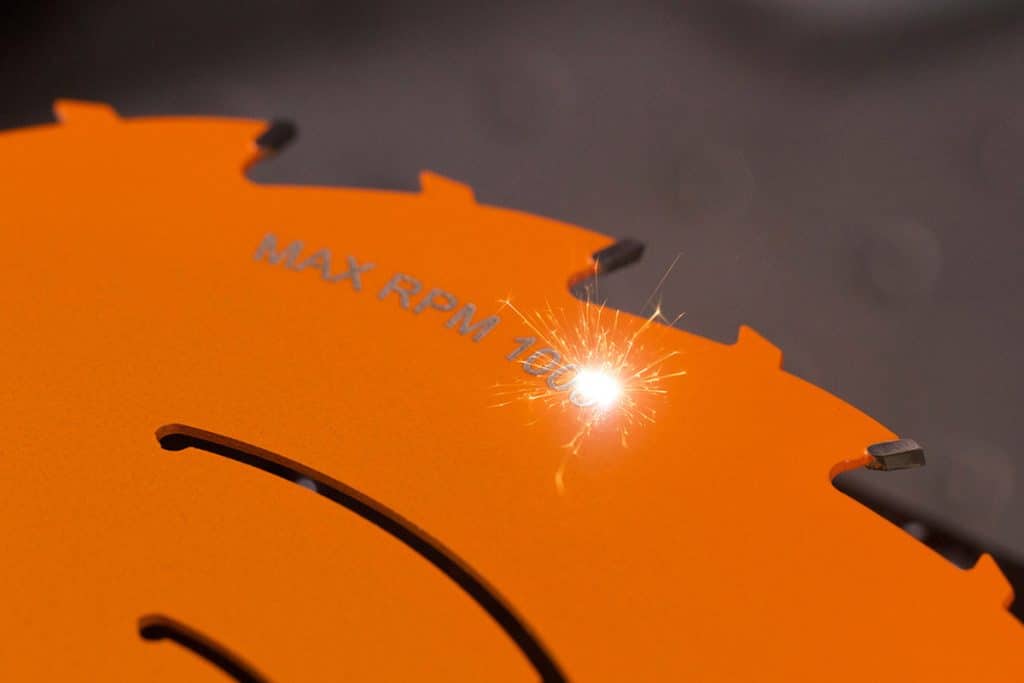
What Are the Advantages and Limitations of Laser Marking?
This article systematically analyzes the characteristics, advantages and disadvantages, and application scenarios of three marking technologies: fiber laser, CO2 laser, and UV laser, and provides some guidance for selecting a

What Are the Common Defects in Laser Marking?
This article introduces the application of laser marking technology, common defects, and solutions, and provides optimization measures to improve marking quality and efficiency.
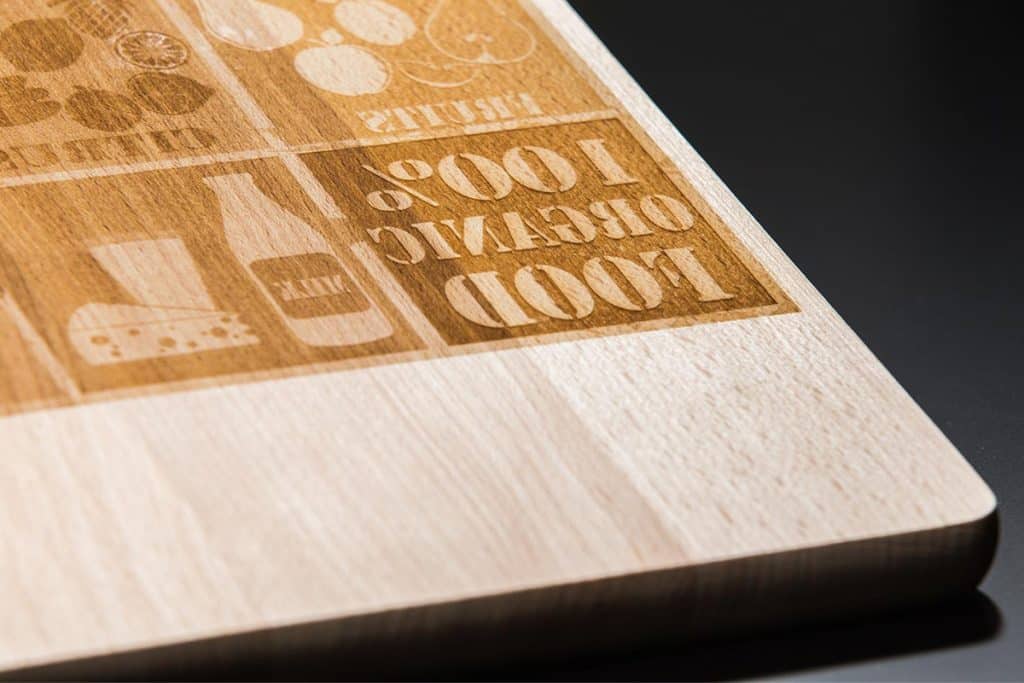
How to Remove Laser Markings
This article focuses on the different methods of removing laser marks, including mechanical, chemical and thermal treatment, and provides safe and effective best practices guidance.

